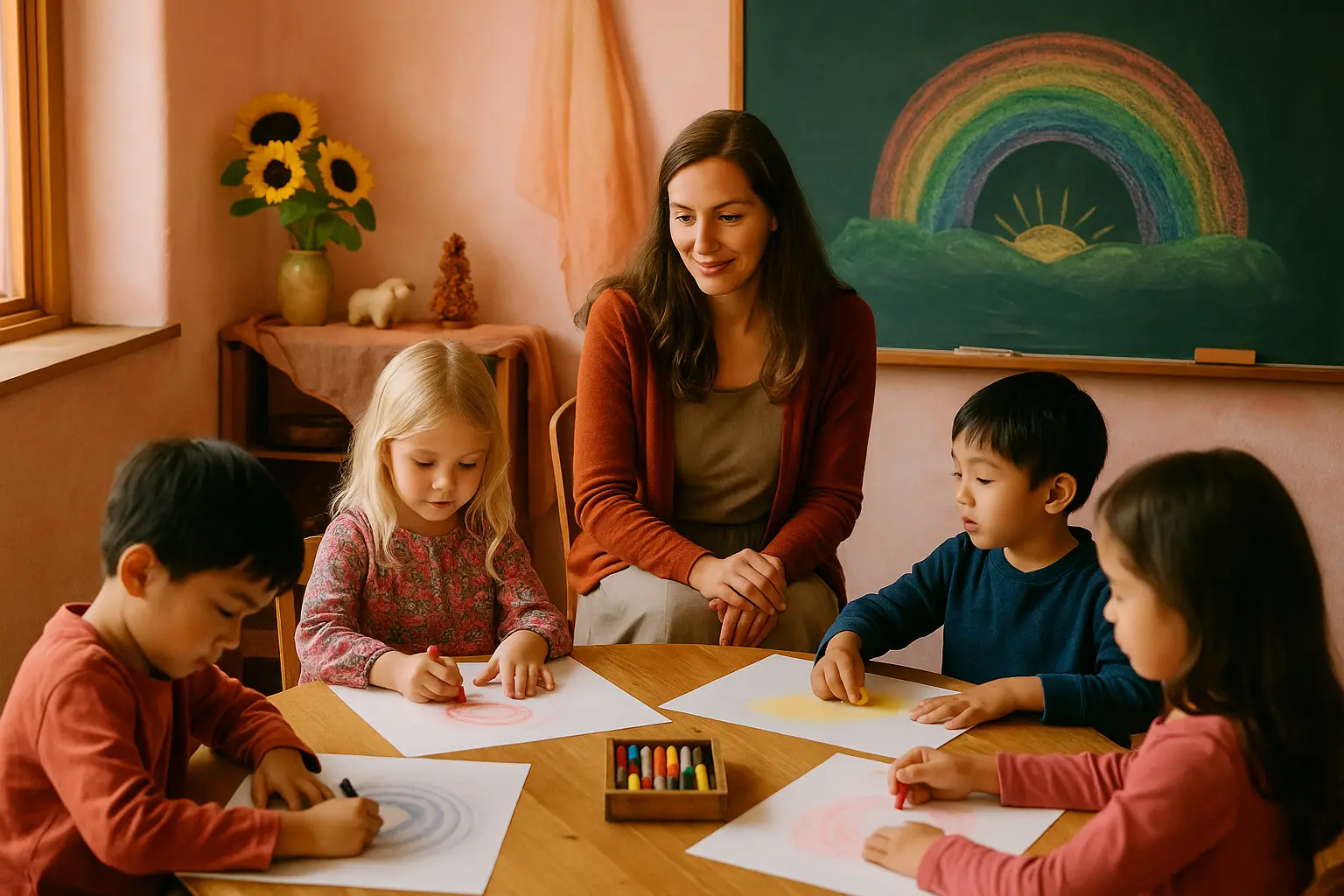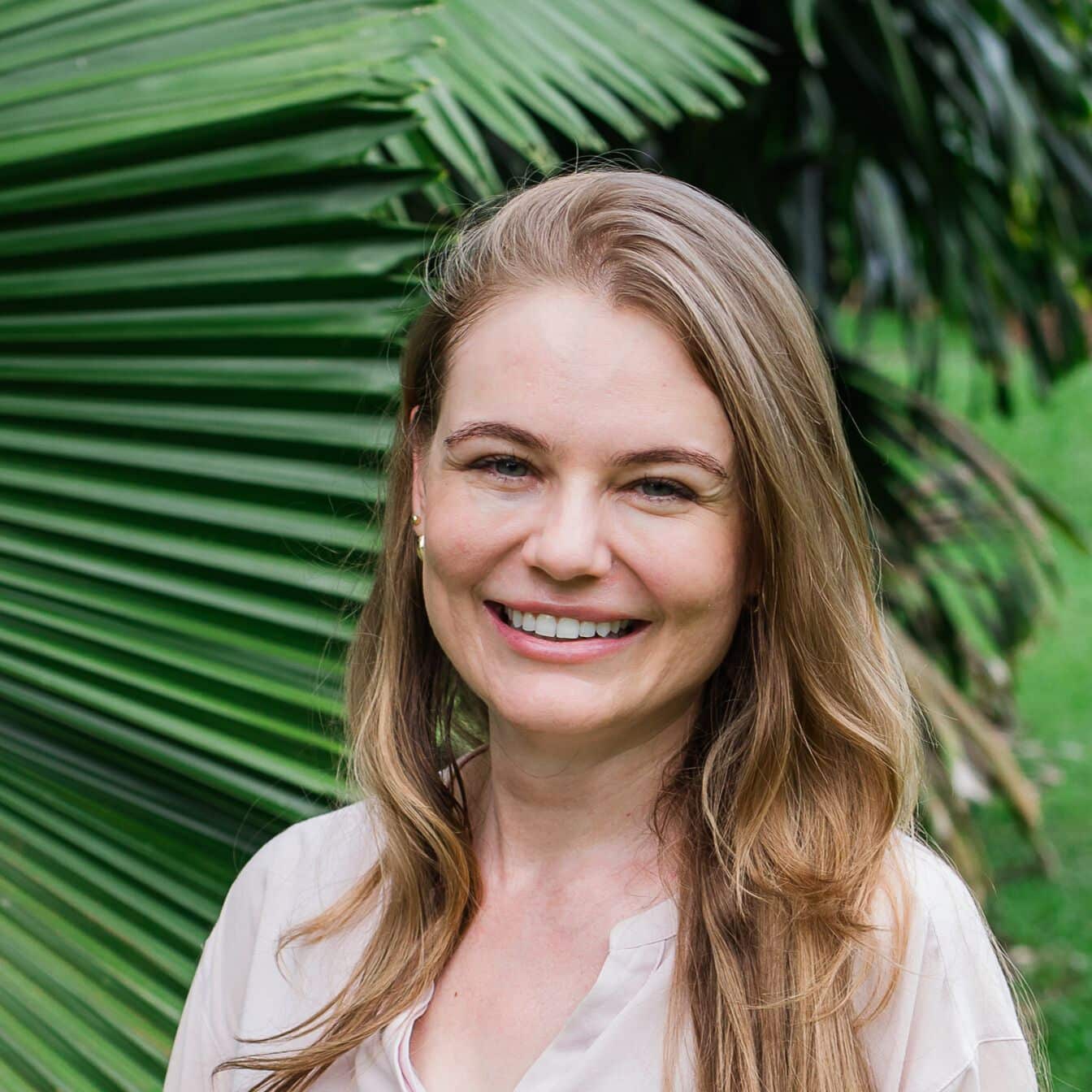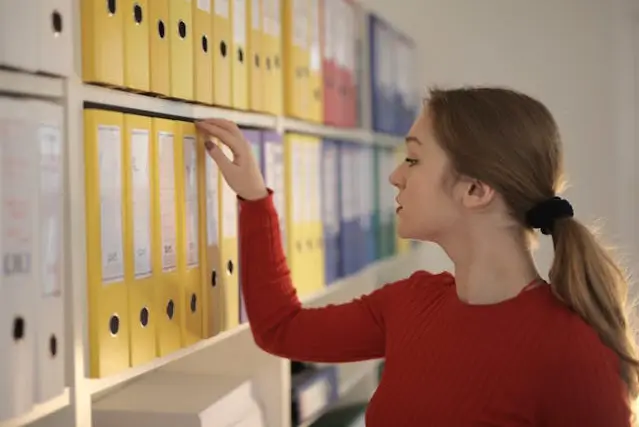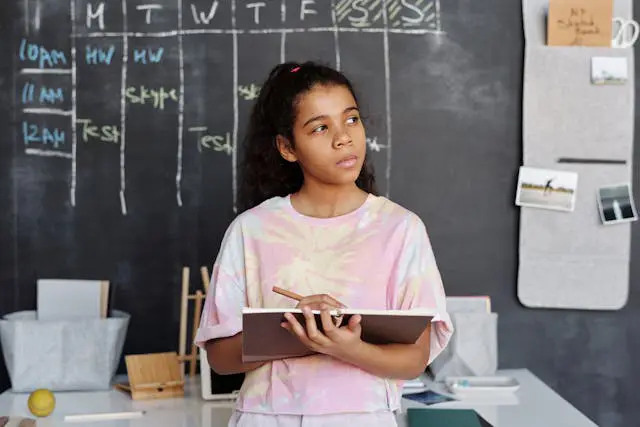
What Makes a Waldorf Teacher Different: 6 Unique Approaches to Education
Introduction
Over 1,000 Waldorf schools operate worldwide, yet many parents wonder what truly sets these educators apart from traditional teachers. When you walk into a Waldorf classroom, you’ll immediately notice something different about how teachers interact with their students—there’s an artistic quality to the lessons, a deeper sense of relationship, and an approach to learning that feels both ancient and revolutionary.
Waldorf education, founded by Rudolf Steiner in 1919 with the first Waldorf school in Stuttgart, Germany, represents a fundamentally different approach to teaching and learning. The first Rudolf Steiner school, established in 1919, played a pivotal role in shaping the movement and its global spread. Forest Row has also become a historic hub for Steiner-inspired education and Rudolf Steiner’s activities. Waldorf teachers aren’t just educators; they’re artists, mentors, and guides who view their role as nurturing the whole human being rather than simply delivering academic content. The central role of the main teacher in Waldorf education is to act as a supportive mentor, fostering personal relationships and modeling creative, loving authority—an essential aspect of the school’s pedagogical approach. This foundation is deeply rooted in Steiner’s educational theories, which have significantly influenced the curriculum and philosophy of Waldorf schools.
![[New Web] Grade Image Resize Template (1) kids reading and having fun in the classroom waldorf school singapore](https://straitswaldorf.com/wp-content/uploads/2022/05/New-Web-Grade-Image-Resize-Template-1.jpg)

Key Takeaways
Waldorf teachers distinguish themselves through several core practices that set them apart from mainstream education:
Long-term relationships: Waldorf teachers stay with the same class for multiple years, building deep relationships and understanding of each child’s development
Artistic integration: They integrate artistic, practical, and academic instruction throughout all subjects rather than teaching them separately
Developmental focus: Waldorf educators emphasize developmentally appropriate learning, introducing academic content when children are emotionally and intellectually ready, with curriculum and teaching methods tailored to each grade level
Qualitative assessment: Teachers emphasize observation and portfolios rather than standardized testing and grades
Specialized training: They receive extensive preparation in anthroposophical principles and Rudolf Steiner’s educational philosophy
Collaborative governance: Waldorf teachers enjoy high autonomy in curriculum design and teaching methods within their self-governing school communities, and many Waldorf schools are established and managed by their own teachers
Introduction to Waldorf Education
Waldorf education stands apart as a holistic approach to learning that nurtures the intellectual, artistic, and practical capacities of every child. Founded by Rudolf Steiner, the first Waldorf school opened its doors in 1919 in Stuttgart, Germany, with a vision to educate children in a way that supports not only academic achievement but also social renewal and lifelong learning. Today, Waldorf schools can be found in over 1,200 locations worldwide, each dedicated to fostering the healthy development of human beings who are creative, empathetic, and socially responsible.
At the heart of Waldorf education is the belief that true learning goes beyond memorizing facts. it’s about cultivating the whole child. The Waldorf curriculum is carefully designed to support every stage of child development, integrating academic disciplines with artistic and practical experiences. This approach encourages students to become independent thinkers, compassionate citizens, and lifelong learners. By prioritizing civic responsibility and a sense of purpose, Waldorf education aims to empower young people to make a positive impact in their communities and the world.
Whether in the classroom, on the playground, or through seasonal festivals, Waldorf schools create environments where children can thrive intellectually, emotionally, and socially. The enduring legacy of Rudolf Steiner’s vision is an education that values the development of the whole human being and inspires a lifelong love of learning.

The Class Teacher Model: Building Lasting Relationships

Perhaps the most distinctive feature of what makes a Waldorf teacher different is the class teacher model. Unlike other schools where students encounter new teachers each year, a waldorf class teacher follows the same group of students from first through eighth grade, creating continuity that’s virtually unheard of in mainstream education.
This eight-year journey allows Waldorf teachers to develop profound connections with their students. They witness each child’s growth from the wonder-filled first grader learning to write their first letters to the thoughtful eighth grader grappling with complex historical concepts. This continuity enables teachers to:
-
Understand individual learning patterns: After years of observation, teachers recognize how each student learns best, their strengths, challenges, and unique developmental timeline
-
Build trust with families: Parents develop lasting relationships with their child’s teacher, creating strong partnerships that support the child’s growth
-
Adapt instruction naturally: Teachers can seamlessly adjust their approaches based on deep knowledge of each student’s needs and interests
-
Provide emotional security: Students benefit from consistent expectations, familiar routines, and the security of a stable relationship during crucial developmental years
This model contrasts sharply with traditional schooling, where teachers might have 150+ students across multiple grade levels and limited time to truly know any individual child.
Artistic Integration and Creative Teaching
Waldorf teachers approach every academic subject as an opportunity for artistic expression. This isn’t simply adding art projects to lessons—it’s a fundamental reimagining of how children learn best.
Mathematics Through Movement and Beauty
In a Waldorf classroom, mathematics comes alive through artistic activities. Students might:
-
- Learn multiplication tables through rhythmic clapping and movement
- Explore geometry by drawing intricate patterns and forms
- Understand fractions by dividing beautiful mandalas into equal parts
- Experience number concepts through stories where numbers become characters with personalities
History as Living Narrative
Rather than memorizing dates and facts, waldorf students experience history through storytelling, drama, and creative writing. Teachers might have students act out ancient Greek dramas, build Roman aqueducts, or write journals from the perspective of historical figures. This approach helps children connect emotionally with historical periods and understand human development over time.
Science Through Wonder and Observation
Science lessons in top Waldorf schools like Straits Waldorf emphasize hands-on observation and artistic documentation. Students sketch what they observe in nature, create detailed drawings of plant growth cycles, and engage in phenomenological experiences that build understanding through direct engagement rather than abstract concepts.
Eurythmy: Movement as Language
One of the most unique aspects of Waldorf education is eurythmy, a movement art that embodies language, music, and mathematical concepts. Waldorf teachers use eurythmy to help students physically experience vowel sounds, geometric forms, and even poetry, supporting kinesthetic and holistic learning.
Developmental Approach to Learning
What makes a Waldorf teacher different in their approach to child development is their deep understanding of Rudolf Steiner’s three seven-year developmental stages. This developmental approach influences every decision about curriculum timing and teaching methods, ensuring that content is aligned with a child’s intellectual development at each stage. These decisions are grounded in the educational theory that underpins Waldorf education.
Elementary Years (Ages 7-14): Heart and Imagination

During the elementary education years, Waldorf teachers introduce academic content through artistic and experiential means:
-
- Story-based learning: Academic subjects are taught through myths, legends, and biographies that speak to children’s developing sense of justice and wonder
- Handwork and practical arts: Students learn knitting, woodworking, and other practical skills that develop fine motor abilities and patience
- Foreign languages: Language instruction begins in first grade through songs, games, and conversation rather than grammar rules
- Artistic expression: Every lesson includes drawing, painting, or other artistic elements that help students process and remember information
Adolescence (Age 14+): Truth and Independence

In the upper grades, Waldorf teachers help students develop:
-
Critical thinking: Academic subjects are approached with increasing analytical depth
-
Independent judgment: Students are encouraged to develop their thinking, form conclusions independently, and engage with complex ethical questions
-
Social responsibility: The Curriculum includes opportunities for civic responsibility and community service
-
Preparation for life: Practical activities and internships help students understand their role as contributing members of society
Assessment and Evaluation Methods
Waldorf teachers employ fundamentally different assessment methods that focus on individual growth rather than comparison to peers. This approach reflects a fundamental difference in educational philosophy regarding what learning entails and how progress should be assessed.
Written Evaluations Replace Grades
Instead of letter grades, Waldorf teachers write detailed, individualized evaluations that capture each student’s academic, social, and emotional development. These narrative assessments might describe:
-
- A student’s growing confidence in mathematical problem-solving
- Improvements in artistic expression and creativity
- Development of social skills and collaboration abilities
Portfolio-Based Documentation
Waldorf teachers maintain comprehensive portfolios of student work that demonstrate growth over time. These collections include:
-
- Artistic works showing developing skills and creativity
- Written assignments reflecting improved communication abilities
- Project documentation revealing deepening understanding
- Self-reflection pieces where students assess their learning
Emphasis on Self-Assessment
Rather than relying on external evaluation, Waldorf teachers encourage students to develop their capacity for self-reflection and self-assessment. Students learn to:
-
-
Evaluate their work honestly and constructively
-
Set personal goals for improvement
-
Understand their learning processes
-
Take ownership of their educational journey
-
Parent Conferences for Rich Dialogue
Waldorf teachers prioritize in-depth parent conferences, during which they share detailed observations about each child’s development. These conversations go beyond academic achievement to discuss:
-
-
The child’s social and emotional growth
-
Individual learning styles and preferences
-
Home-school collaboration strategies
-
Long-term developmental considerations
-
Specialized Training and Philosophy
What makes a Waldorf teacher different begins with their unique preparation. Waldorf teacher training goes far beyond traditional teacher education to include intensive study of anthroposophy, artistic development, and child development theory.
Anthroposophical Foundation
Waldorf teachers complete rigorous training in Rudolf Steiner’s anthroposophical worldview, which sees education as supporting the development of the whole human being. This training typically includes:
-
Coursework covering Steiner’s educational philosophy, child development theories, and curriculum methodology
-
Practicum experience in actual Waldorf classrooms under mentor guidance
-
Artistic training in eurythmy, visual arts, music, and other creative disciplines
-
Study of temperaments and how to work with different personality types in the classroom
Teacher as Artist
Waldorf teacher training emphasizes the teacher’s role as an artist who brings creativity and beauty to every lesson. Teachers develop skills in:
-
Visual arts: Drawing, painting, and form drawing that they integrate into academic subjects
-
Music: Singing, playing instruments, and understanding music’s role in child development
-
Eurythmy: The movement art unique to Waldorf education that embodies language and mathematics
-
Handwork: Practical skills like knitting, woodworking, and crafts that they teach to students
Ongoing Professional Development
Waldorf teachers commit to lifelong learning through:
-
Regular workshops and conferences focused on Waldorf methods
-
Collaborative study groups with fellow educators
-
Mentorship relationships that support continued growth
-
Self-development work that enhances their capacity as teachers
Most Waldorf schools don’t require state teaching certification, though teachers typically hold bachelor’s degrees and complete extensive Waldorf-specific training programs.

School Governance and Teacher Autonomy
One of the most striking differences that sets a Waldorf teacher apart is their role in school governance. Unlike traditional schools with hierarchical administrative structures, most Waldorf schools operate through collaborative governance models that grant teachers significant autonomy and responsibility.
However, regional differences can impact the governance, autonomy, and operation of Waldorf schools, as local cultural, legal, and societal factors influence the implementation of these models in different countries.
Collaborative Decision-Making
Waldorf teachers participate directly in school governance through:
-
Faculty meetings where curriculum, policies, and school direction are discussed and decided collectively
-
The committee works on hiring, admissions, finances, and other operational areas
-
Mentorship programs where experienced teachers guide newcomers
-
Shared leadership responsibilities that rotate among faculty members
Curricular Freedom Within Philosophy
While Waldorf teachers follow the broad outlines of Steiner Waldorf education, they enjoy considerable freedom in how they implement the curriculum. This autonomy allows teachers to:
-
Adapt lessons to their students’ specific interests and needs
-
Choose teaching methods that align with their strengths and their students’ learning styles
-
Develop creative approaches to curriculum requirements
-
Respond flexibly to classroom dynamics and individual student needs
No Traditional Principal
Most Waldorf schools operate without a traditional principal, instead distributing leadership responsibilities among faculty members. This collaborative approach means teachers take active roles in:
-
School policy development
-
New teacher hiring and evaluation
-
Parent and community relations
-
Long-term strategic planning
This governance structure requires teachers who are self-motivated, collaborative, and committed to the school’s mission beyond their classrooms.

Subject Teachers and Specialists
While the class teacher model is central to Waldorf education, specialized subject teachers also play crucial roles in what makes a Waldorf teacher different. These specialists maintain the same philosophy of long-term relationships and artistic integration while bringing expertise in specific areas.
Foreign Language Teachers
Foreign language instruction begins in first grade with teachers who:
-
Work with the same students for multiple years, building language skills progressively
-
Use immersive, conversational methods rather than grammar-focused approaches
-
Integrate cultural studies, songs, and games into language learning
-
Collaborate closely with class teachers to support overall student development
Handwork and Practical Arts Teachers
These specialists guide students through increasingly complex practical projects:
-
Handwork teachers begin with finger knitting in first grade and progress through complex weaving and tailoring projects
-
Woodworking instructors help students create functional and beautiful objects while developing practical skills and problem-solving abilities
-
Garden teachers connect students with natural cycles and food production
Music and Movement Teachers
Music education in Waldorf schools involves multiple specialists:
-
Chorus teachers work with all students to develop singing voices and musical literacy
-
String teachers typically begin instruction in third grade, with many students continuing through high school
-
Games and movement teachers support physical development through age-appropriate activities that build coordination and cooperation.
All subject teachers maintain the Waldorf commitment to long-term relationships, working with students across multiple years and collaborating closely with class teachers to support each child’s overall development.
Holistic Student Development Focus
Ultimately, what makes a Waldorf teacher different comes down to their commitment to developing the whole human being. Waldorf educators view their role as nurturing not only intellectual capabilities, but also emotional, artistic, and practical capacities that students will need throughout their lives. Waldorf education has played a significant role in influencing mainstream educational practices, particularly in areas like arts integration and community building.
This holistic approach enables Waldorf students to develop strong capacities for leadership, creativity, and collaboration, which serve them well in higher education and beyond.
Head, Heart, and Hands
Waldorf teachers consciously address three areas of development in every student:
-
Head (thinking): Intellectual development through age-appropriate academic content
-
Heart (feeling): Emotional and social development through artistic work and collaborative activities
-
Hands (willing): Practical skills and the capacity for purposeful action through handwork and movement
Character Development Integration
Rather than separate character education programs, Waldorf teachers weave moral and ethical development throughout daily activities:
-
Morning verses and seasonal celebrations that connect students to larger rhythms and values
-
Service projects that build civic responsibility and care for others
-
Conflict resolution approaches that help students develop empathy and problem-solving skills
-
Environmental stewardship through garden work and natural materials that foster respect for the earth
Individual Recognition Within Community
Waldorf teachers balance attention to individual development with strong community building:
-
- Each child’s unique capacities and interests are recognized and nurtured
- Collaborative projects build skills in cooperation and mutual support
- Mixed-age activities help younger students learn from older students
- Class plays and festivals create shared experiences that build group identity
Preparation for Lifelong Learning
Waldorf teachers aim to graduate young people who are:
-
-
Creative problem-solvers capable of innovative thinking
-
Emotionally resilient with strong interpersonal skills
-
Practically capable with hands-on skills and work habits
-
Ethically grounded with a sense of responsibility for their communities and the world
-
This holistic approach enables Waldorf students to develop strong capacities for leadership, creativity, and collaboration, which serve them well in higher education and beyond.
Do Waldorf teachers need state certification?
Requirements vary by location and type of school. Many private Waldorf schools accept Waldorf-specific training in place of state certification, though some states require traditional teaching licenses. Most Waldorf teachers hold bachelor’s degrees regardless of certification requirements.
Can traditional teachers transition to Waldorf education?
Yes, many programs, such as “Building Bridges,” help experienced mainstream teachers learn Waldorf methods and philosophy. The transition typically involves intensive summer programs and ongoing mentorship to understand the unique approaches of Steiner education.
How do Waldorf teachers handle students with special needs?
Waldorf teacher training includes recognising diverse learning styles and adapting instruction to individual needs. However, some critics note that support for students with significant special needs may be less comprehensive than in schools with dedicated special education specialists.
Do Waldorf teachers use technology in their classrooms?
The use of technology is intentionally limited, especially in elementary education. Waldorf teachers emphasise direct human interaction, natural materials, and hands-on learning experiences. Technology is gradually introduced in upper grades as students develop the capacity for critical evaluation of digital tools.
Join
Book An Appointment





